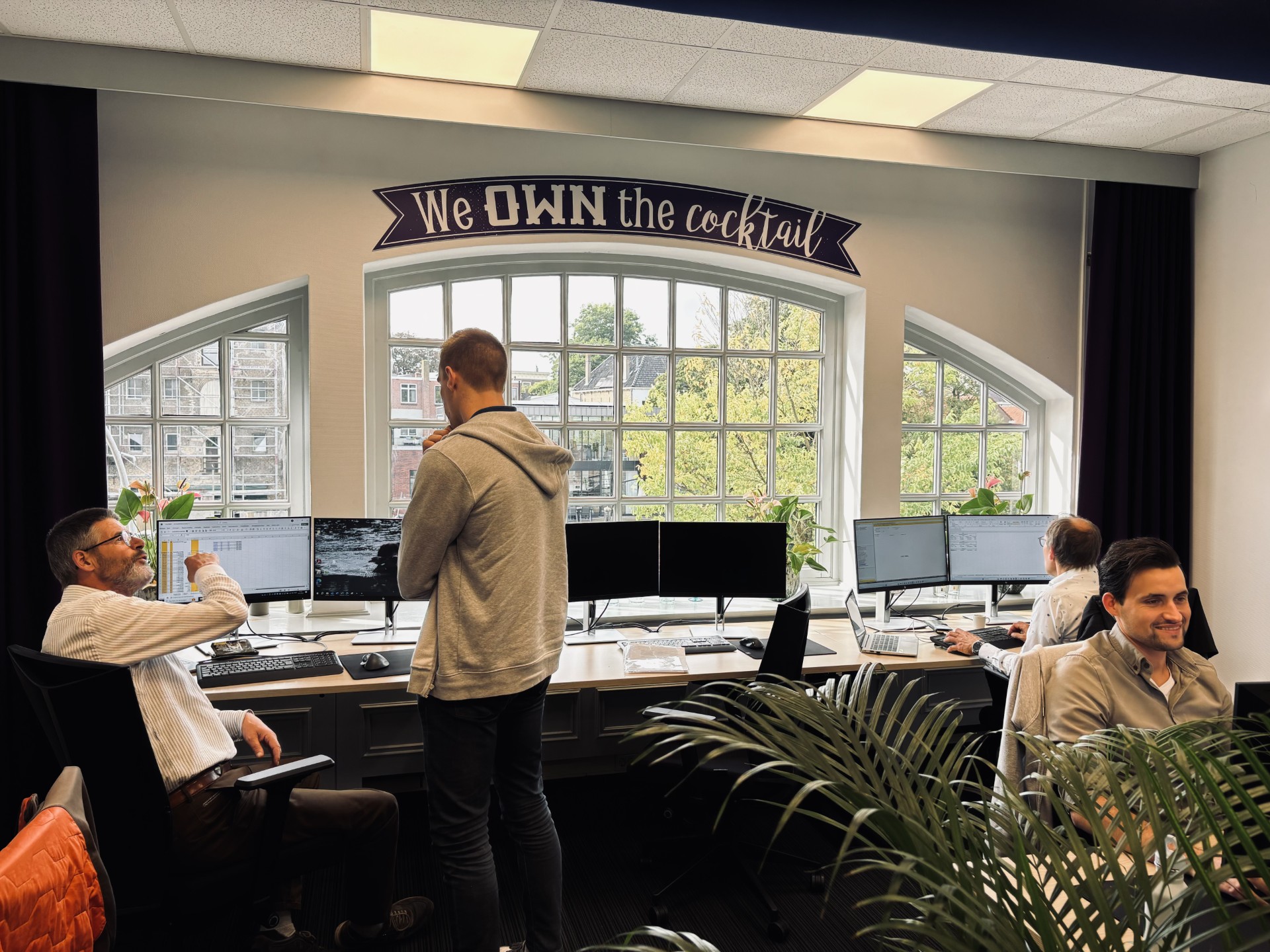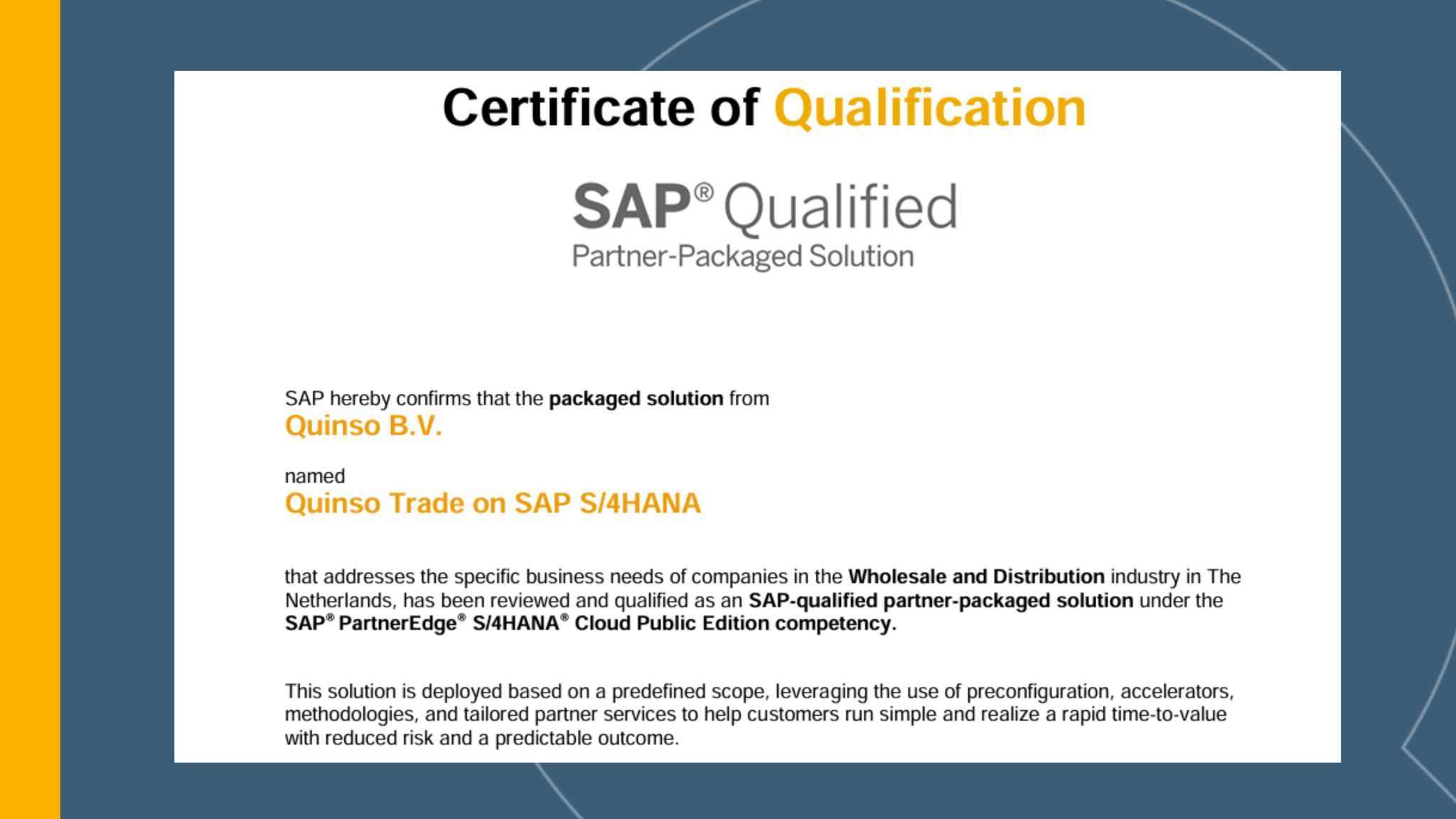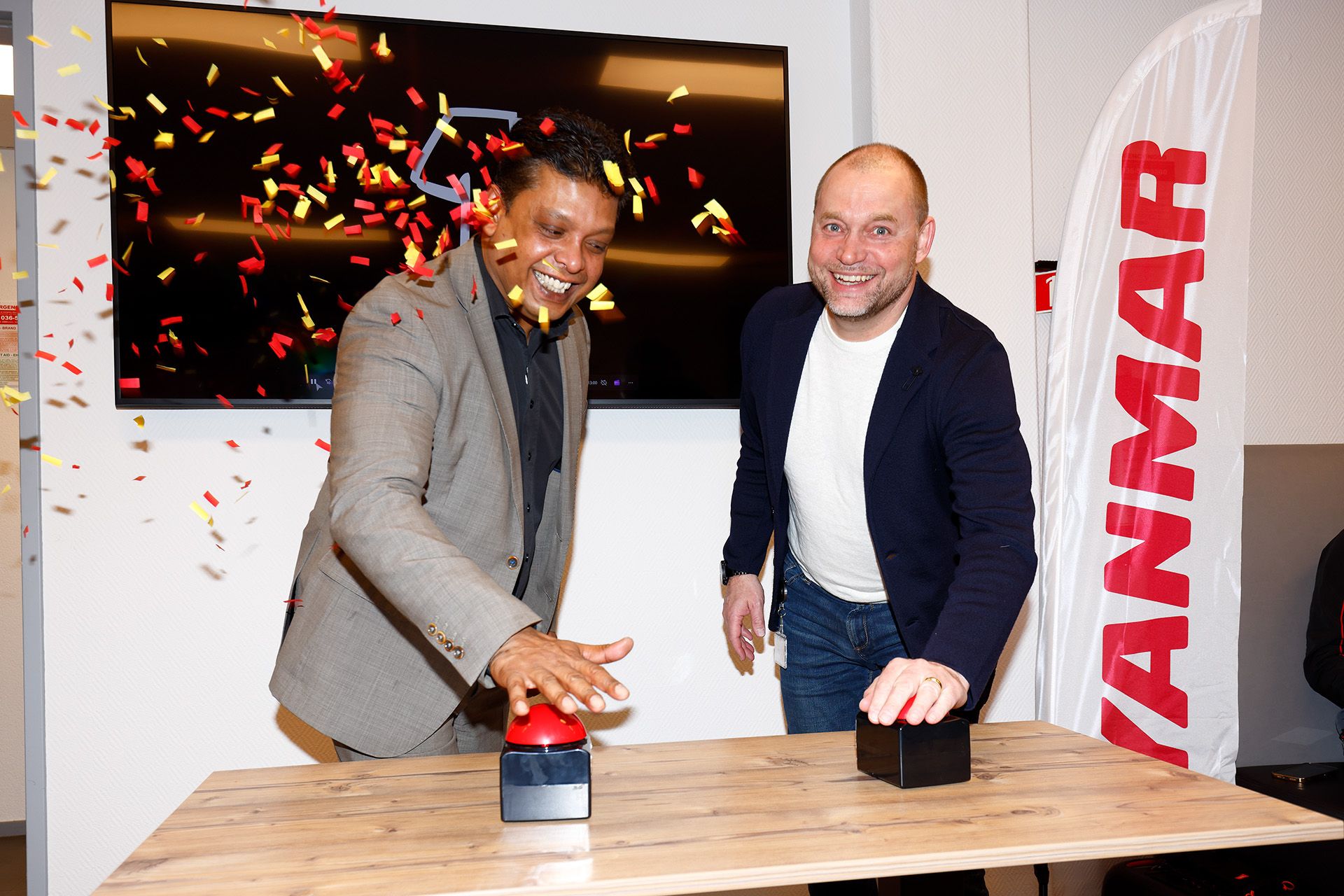After intensive preparation and successful completion of the realization phase, De
Kuyper’s move to SAP S/4HANA Cloud is about to complete the next phase
: the test phase. This is the time when we discover whether everything works as
we planned and realized during the earlier phases. During the
test period, the stability and functionality of the new ERP system
will be tested in practice.

At De Kuyper, the testing phase consists of two major components: the System Integration Test (SIT) and the User Acceptance Test (UAT). Together, these tests form the foundation for a successful go live on Nov. 4. Dick Verburg talks about the success and challenges during this phase.
System Integration Test (SIT): everything in place
During the SIT, we at Quinso are in control. We check whether the various processes and systems within De Kuyper work together in SAP S/4HANA Cloud. This goes beyond just checking individual steps. We want to make sure that the end-to-end processes run smoothly, from purchasing to production and from inventory management to sales.
In total, we went through more than 80 business processes. During this thorough evaluation, we came across some points of concern, such as adjusting user settings or completing missing data. Such points are normal in a testing period and were quickly resolved.
The biggest success during this phase was testing the interfaces, connections, between the systems. These interfaces ensure that the various platforms used by De Kuyper communicate with each other without problems. You often see that during a project the building and testing of the old interfaces is pushed back in the planning, thinking: ‘we’ll test that later’. But during this project we were really on top of it. As a result, we no longer need overdue maintenance, and all processes, from the various systems De Kuyper works with, have been streamlined.

User Acceptance Test (UAT): the system in action
After the SIT, the ball is in De Kuyper’s own court. During the User Acceptance Test (UAT), it is the job of the key users to try out the system and confirm that it is fully compatible with their daily work processes. This moment is crucial because the users themselves judge whether the system meets expectations and whether they can work with it without problems.
One of the biggest challenges in this phase is accurately managing the master data. As is often the case, getting all the data completely correct in the system proved to be a complex process. Fortunately, De Kuyper’s project team pulled out all the stops to get this done, with support from a Quinso consultant to speed up the process.
The main purpose of the UAT is to build trust among users. Seeing firsthand how the system works will go a long way toward building confidence in the transition to SAP S/4HANA Cloud. At the time of writing, the UAT has not yet been completed. Yet we are already noticing that the questions from De Kuyper, about working in S/4HANA, are diminishing.
The road to going live: final preparations
Now that the User Acceptance Test is almost complete, we are preparing for the final phase: going live. Before the system actually becomes operational, one more important step follows: the end-user training. During this training we ensure that all employees of De Kuyper, from management to the shop floor, fully understand how to make optimal use of the new system.
We also prepare the cutover: the moment when the old systems are shut down and all data is migrated to SAP S/4HANA Cloud. This includes inventory migration, a process that must be carefully planned and executed to ensure a smooth transition. With going live on Nov. 4 in sight, both project teams, within De Kuyper and within Quinso, are working hard to ensure that these final steps go off without a hitch. In our next blog you will read how the final phase is progressing.
GROW with SAP and Quinso
De Kuyper has experienced significant growth in recent years. The systems they were working with could not keep up with this growth. That is why they chose SAP S/4HANA Cloud. An ERP system that optimizes and unifies all business processes at once. Many SMEs in manufacturing and industry do not immediately think of SAP. Too big, too expensive and too complex, is often the thought. But SAP’s Cloud solutions were developed precisely from the perspective of SMEs.
De Kuyper’s story shows the impact of the transition to S/4HANA Cloud and how it works. Wondering how the earlier phases went?



